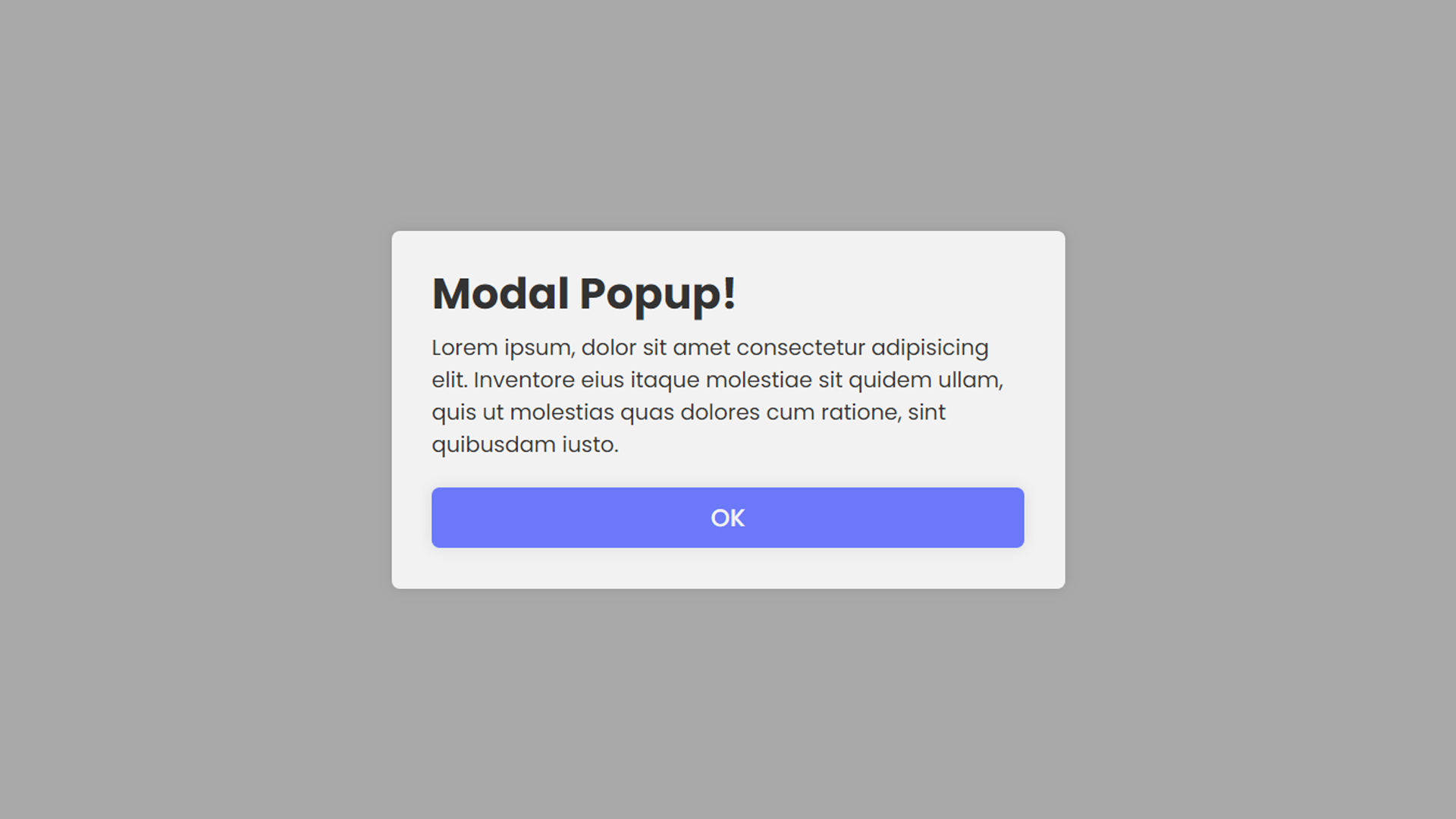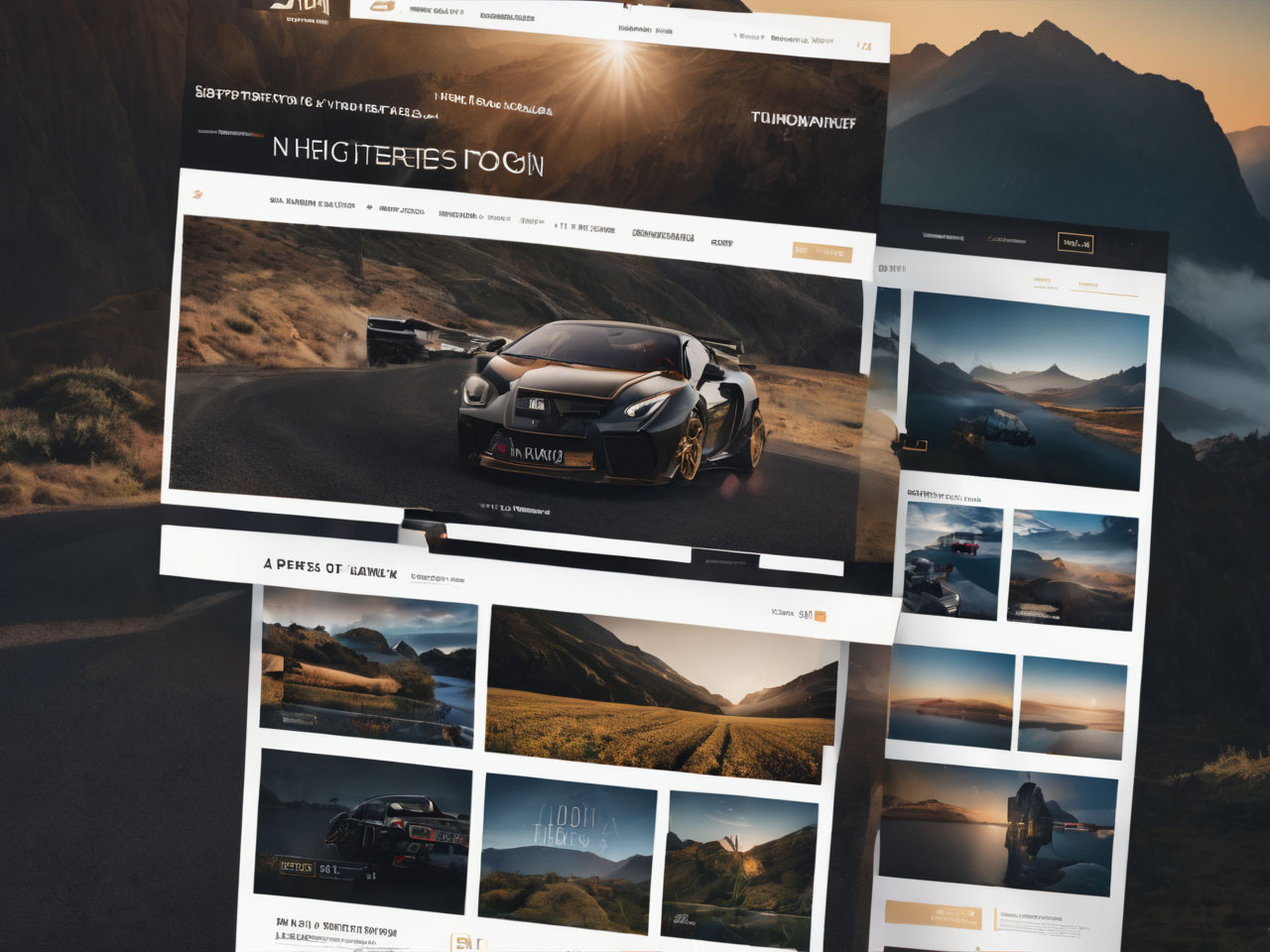In the dynamic world of online retail, the design of your e-commerce website plays a pivotal role in attracting customers, driving sales, and fostering brand loyalty. In this article, we’ll delve into the intricacies of e-commerce website design, highlighting its importance, key elements, and best practices for creating a successful online store.
The Significance of E-Commerce Website Design
E-commerce website design is not just about aesthetics; it’s about creating a shopping experience that is intuitive, engaging, and trustworthy. Here’s why it matters:
- First Impressions: Your website is often the first point of contact with potential customers. A well-designed site can leave a positive impression and build trust.
- User Experience: E-commerce success hinges on the user experience. If your site is easy to navigate, loads quickly, and is mobile-responsive, customers are more likely to make purchases.
- Brand Identity: Design elements such as logos, colors, and fonts should reflect your brand identity, reinforcing brand recognition.
- Conversion Rates: A well-optimized design can lead to higher conversion rates, turning visitors into paying customers.
- Trust and Security: Customers need to feel secure when making online payments. A professional design can convey trustworthiness.
Key Elements of E-Commerce Website Design
When creating an e-commerce website, consider these crucial design elements:
1. User-Friendly Navigation
Intuitive menu structures and easy-to-find product categories are essential for guiding customers to their desired products.
2. Mobile Responsiveness
With a growing number of shoppers using mobile devices, ensuring your website is responsive on various screen sizes is imperative.
3. Product Pages
Clear, high-quality product images, detailed descriptions, and prominent “Add to Cart” buttons are vital for effective product pages.
4. Checkout Process
A streamlined and user-friendly checkout process reduces cart abandonment rates. Multiple payment options and security assurances are also crucial.
5. Search Functionality
Implement robust search functionality with filters to help customers quickly find what they’re looking for.
6. Loading Speed
Optimize loading times to prevent customers from getting frustrated and leaving your site.
7. Security Measures
Incorporate SSL certificates, secure payment gateways, and privacy policies to protect customer data and build trust.
8. Call to Action (CTA) Buttons
Use clear and compelling CTA buttons to encourage actions like “Buy Now” or “Add to Wishlist.”
Best Practices for E-Commerce Website Design
- Simplicity: Keep the design clean and clutter-free. Avoid overwhelming customers with excessive information and options.
- High-Quality Images: Use professional product images to showcase your merchandise. Allow customers to zoom in and view multiple angles.
- Informative Descriptions: Provide detailed product descriptions, including specifications, dimensions, and care instructions.
- User Reviews and Ratings: Include customer reviews and ratings to build trust and provide social proof.
- Personalization: Use customer data to offer personalized product recommendations and content.
- Testing and Optimization: Continuously test and optimize your site for better performance and user experience.
- Mobile-First Approach: Design with mobile users in mind, as a significant portion of your traffic may come from smartphones.
Conclusion
E-commerce website design is the linchpin of your online retail success. It’s not just about visual appeal; it’s about creating an experience that attracts and retains customers. By focusing on user-friendly navigation, mobile responsiveness, effective product pages, a streamlined checkout process, search functionality, loading speed, security, and compelling calls to action, you can craft the perfect online store that stands out in the competitive world of e-commerce.
With the right design and ongoing optimization, your e-commerce website can become a thriving online marketplace, driving sales and fostering customer loyalty.













